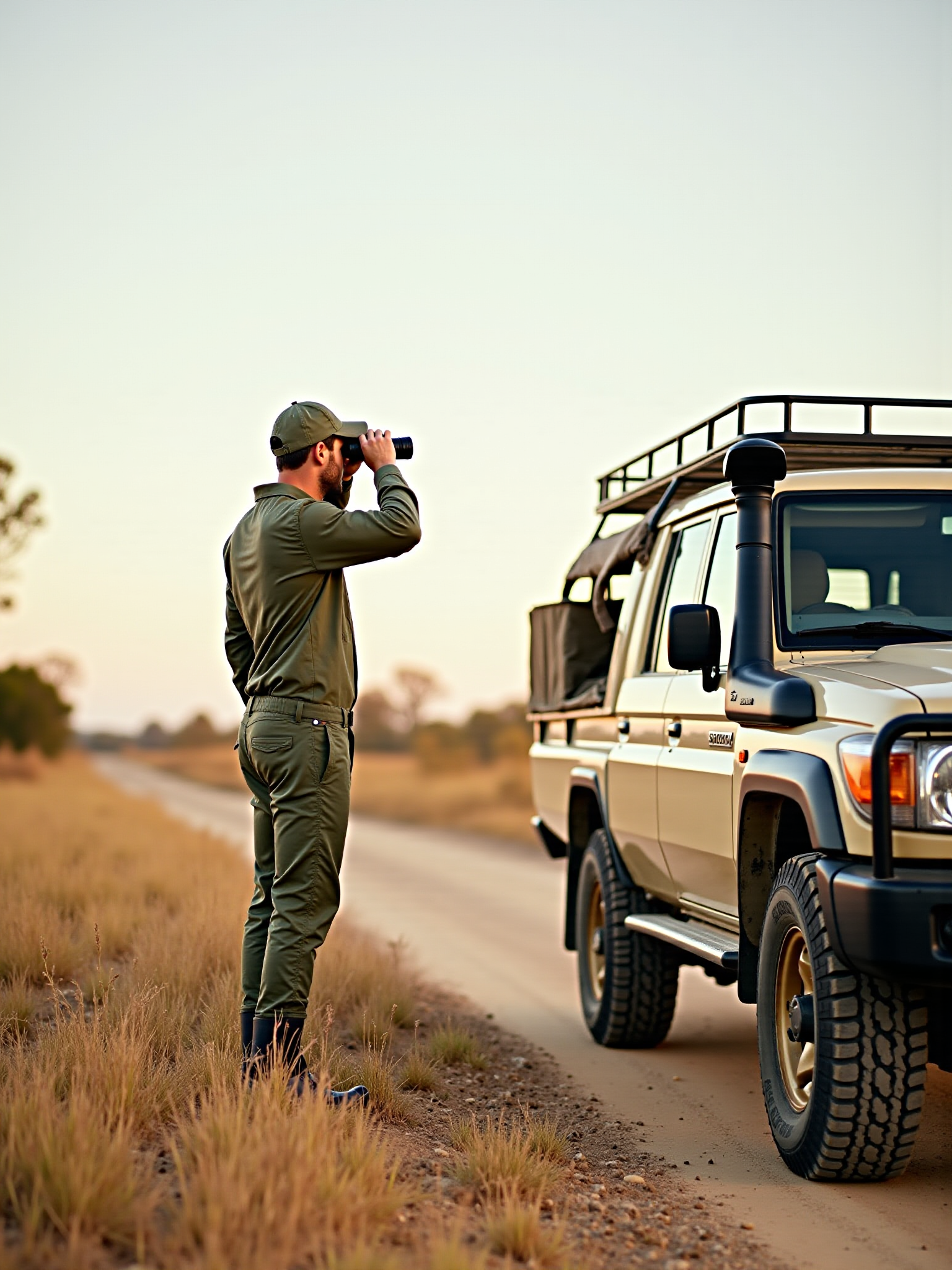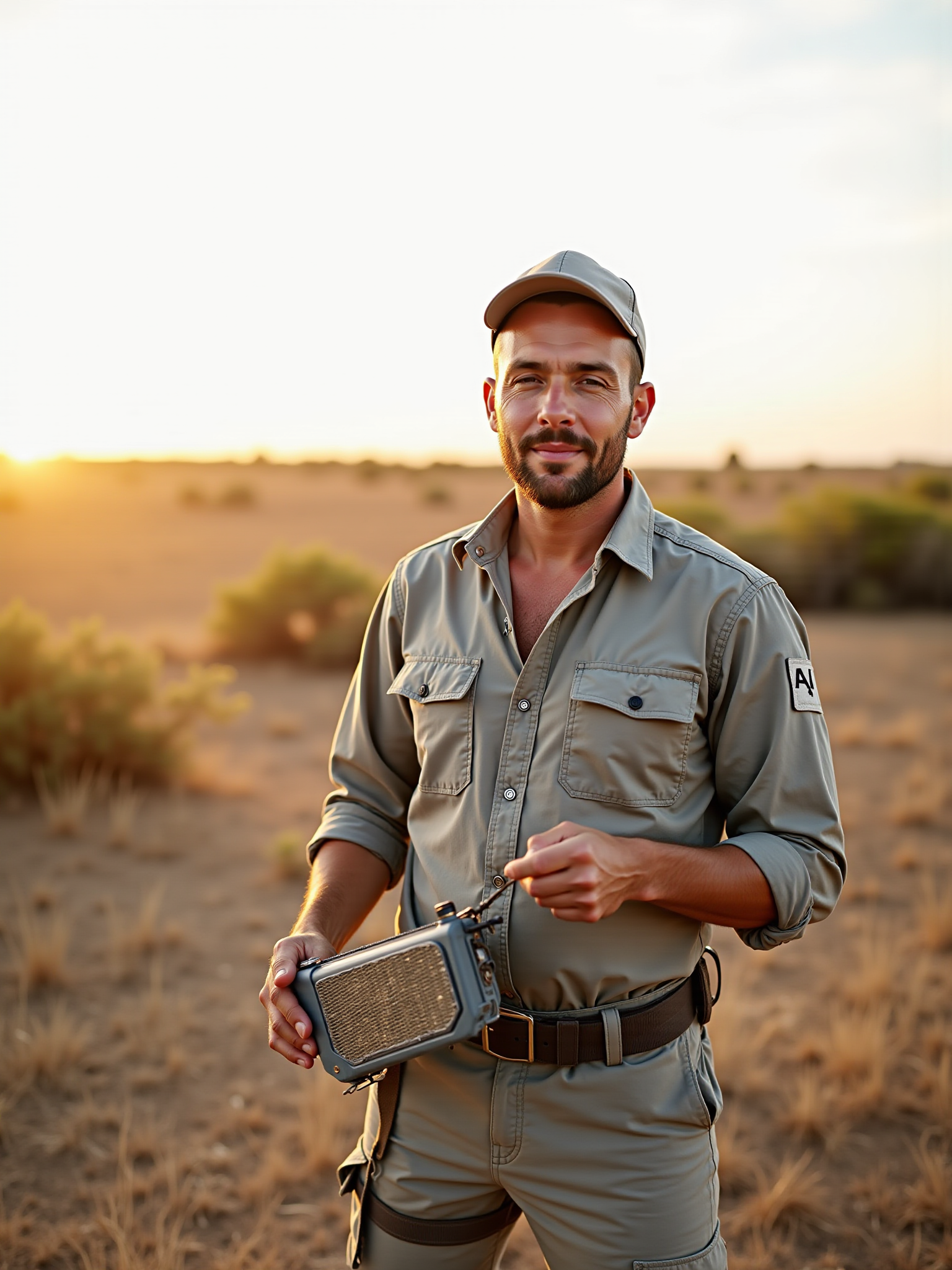

Welcome to our Western Australian Feral Animal Control initiative, dedicated to protecting rural areas. We strive to manage feral animals, preserve ecosystems, and support agriculture. Join us in creating a sustainable landscape for future generations.
Latest Updates
Our Story
Welcome to Western Australian Feral Animal Control! My name is Paul O'Loughlin, a semi-retired farmer and electrical contractor from the central Wheatbelt. We specialize in ethical pest management services tailored for rural areas, focusing on wild cats, foxes, dogs, pigs, and pigeons. Together, we can protect your crops, livestock, and our precious native wildlife, in line with the Western Australian Government's Feral Cat Strategy 2023–2028. Let us help you tackle the challenges posed by feral animals on your land!

Services
Our Services
 35 Australian dollars
35 Australian dollars 1 Australian dollar
1 Australian dollar 35 Australian dollars
35 Australian dollars 35 Australian dollars
35 Australian dollars 175 Australian dollars
175 Australian dollars 1 Australian dollar
1 Australian dollar 1 Australian dollar
1 Australian dollar 1 Australian dollar
1 Australian dollar
Wild Cat & Fox Trapping
Wild Cat & Fox Trapping
Trapping is widely used for fox control in Australia. Fox trapping is a relatively simple method where non-lethal traps are laid and monitored. Trapped animals can then be euthanised or removed from the environment. Foxes are not easy to catch; to be successful, training on how to best set a trap is vital.
Trapping is most useful in urban areas, for targeting problem animals, and protecting specific assets such as livestock and native wildlife.
A number of trap designs are available for use in Australia. Trap designs vary, but typically belong in one of four categories: cage traps, padded-jaw traps (soft-jawed leg-hold traps), soft net traps and snares. Padded-jaw and cage traps are the most commonly used.
Each trap type has advantages and things to consider. Program managers often use a padded-jaw traps for fox management, except in urban and peri-urban areas where they might not be allowed or suitable and cage traps are more common. Traps that contain an animal, such as cage or box traps, are considered more humane because they are less likely to cause injury than traps that restrain an animal, such as padded-jaw traps .
Trapping has traditionally been a cost- and effort-intensive process because large numbers of traps must be laid and checked daily.
Newly developed electronic systems are increasingly used as part of trapping programs to alert program managers to triggered traps. These systems substantially reduce the cost and effort of these trapping programs and increase welfare outcomes.
Using traps and in fox control is regulated in Australia and the allowed types vary depend on legislation in your state or territory.
Before setting any trap, you must know what you are going to do with any animal caught.
Steps should be taken to protect the welfare of trapped animals. For example as covering the cage with shade cloth and providing water during hot conditions and providing bedding in cold conditions. Traps should be checked at least every 24 hours.
According to the National Standard Operating Procedure: Methods of euthanasia the most humane method of killing a fox in a trap is using a shot to the brain with an appropriate firearm or an overdoes of barbiturates.
Cage traps consist of a wire-mesh cage with a sprung door. When a fox enters the cage, the door is triggered by the animal’s weight on a treadle or it pulling at a bait, trapping them inside. Off-target animals can be released easily from a cage trap, injury may be reduced and trapped foxes can be transported away from the area for euthanasia. Foxes can be wary of entering a cage trap, particularly smaller cages and can escape from cages if they are too short or too flimsy.
Padded-jaw
Padded-jaw traps consist of two padded jaws connected to a spring-loaded mechanism that snaps shut on the leg of an animal when triggered. Padding, and limits to how tightly a trap can close, reduce the risk of injury to the animal during capture. Padded-jaw traps may be more effective than cage traps for hard-to-catch foxes that are reluctant to enter cage traps. Padded-jaw traps are often ‘baited’ with a scent or visual lure rather than food, making them more effective when foxes are not hungry. Newly released self-euthanising PAPPutty can be applied to the jaw of padded-jaw traps, which euthanises trapped foxes when they chew at the trap. There may be some restrictions in the use of padded-jaw traps for foxes in your state or territory. Padded-jaw traps are often not allowed in urban and some peri-urban areas.
Advantages
-
Trapping is useful in urban areas where other tools are inappropriate or for problem animals not being removed by other methods.
-
If traps are used correctly, captured off-target animals can usually be released unharmed.
-
Traps are usually non-destructive, allowing for live collection of data from target animals (e.g. allows GPS collaring or collecting measurements that may be missed with a baiting program).
-
The range of traps helps to target hard-to-trap animals. For example, padded-jaw traps are useful for animals that are reluctant to enter cage traps. Trap design can also increase species selectiveness.
-
PAPPutty can be applied to the jaw of padded-jaw traps, making them more humane as it reduces the time a fox is alive in the trap.
Things to consider when trapping
Always
Things to consider when trapping
Always know what you are going to do with a trapped animals before setting a trap.
Trapping alone, especially at a landscape scale, will not reduce fox populations enough for effective control. Other methods will also be needed.
All traps have the potential to cause injury and some degree of suffering and distress to animals, so traps should only be used when there is no other practical alternative. Some trap designs, such as padded-jaw traps, have a higher chance than other designs of inflicting injuries on the trapped animal.
Trapped animals can suffer from exposure, thirst, starvation, shock, muscle damage (‘capture myopathy’) and predation. Therefore, traps should be placed in an area protected from weather extremes and must be inspected at least once a day.
Most traps are not target-specific, so they may catch off-target animals. Placement and bait or lure type can reduce this.
As trapping is labour and cost intensive, it is usually not appropriate for broadscale control.
Traps may be ineffective for particularly
Fox Baiting Practice
1080 Baits
Introduction
Baiting with 1080 poison (sodium fluoroacetate) can be very effective in reducing fox numbers. Used with care, it can be safe for humans, non-target animals and the environment.
Sodium fluoroacetate is a Schedule 7 poison and a restricted chemical product. In WA its use and supply is bound by the Code of practice for the safe use and management of 1080 in Western Australia. It is only available to authorised suppliers and users (including Licensed Pest Management Technicians) who are trained to handle, store and use it safely. This information should be read in conjunction with the landholders' manual for the Safe use and management of 1080.
1080 baits
Trained landholders can purchase bait products containing 1080 after they have obtained baiting approval from an authorised officer of the Department of Agriculture Food, Western Australia (DAFWA).
Important requirements when using 1080 include:
-
notification of your neighbours
-
erection of warning signs
-
careful use of 1080 in high risk areas
-
responsible security, storage and disposal of 1080 baits
-
personal safety.
1080 poison
Please note : There is no antidote for 1080 poisoning.
1080 is a naturally occurring compound that is quickly broken down in the environment. Many native animals have developed a high degree of tolerance to 1080 while foxes (and domestic dogs and cats) are very sensitive to the poison.
Effective poisoning periods
The most effective fox control is achieved during late winter and spring. At this time food demands are high as foxes are rearing young. Foxes are also less mobile so reinfestation of baited areas can be delayed.
At other times (especially autumn) foxes are more mobile. Baiting will only temporarily reduce numbers, as new animals will move in to replace resident animals that have been killed. Consequently baiting may need to be repeated to achieve maximum control.
How many baits?
The recommended bait density for Western Australia is 5 baits/km² (that is, 5/100ha). Research, in this State, has shown that at this rate at least 80% of foxes should be killed but an increased bait density does not appear to increase the overall number of foxes killed. When areas of fox activity can be specifically targeted, fewer baits will be required.
Where to lay baits
Individual baits should be placed at least 200m apart; otherwise one fox may find and eat more than one bait. Baits should be laid at strategic points (see map) including:
-
where fox tracks are regularly seen
-
along water courses, tracks and at fencelines where foxes regularly travel
-
at prominent points within paddocks (jutting corners, rock piles, posts)
-
under or near carcasses visited by foxes.
Refer to directions for use to ensure that requirements such as minimum distances from boundaries are met.
How to lay baits
The position of all baits should be marked with marker tape, pegs or something similar so they are easy to recover as required, at the end of the control campaign.
In areas where there are farms and reserves near closely settled areas, meat baits should be:
-
buried about 10-20mm below the soil surface to reduce the risk of poisoning non-target animals that seldom dig for baits, or
-
tethered by a length of light wire or similar to prevent them being moved (for example, by birds).
In areas where there are typical rural properties with low numbers of people, meat baits can be buried, tethered or hidden under vegetation, small rocks or fallen timber so that birds cannot see them.
In all areas, egg baits should always be buried 20-100mm below the soil surface to decrease hazards to non-target animals.
Improving the percentage of baits taken
-
individual baits should be available to foxes for about 10 days
-
check baits at least every two days to assess ‘take’
-
if a fox takes a bait, keep replacing it until no more are removed
-
relocate uneaten baits to areas where others have been taken.
Foxes more quickly locate baits laid on a scent trail that is broken between baits. Do not use a continuous scent trail as an individual fox can take and cache many baits.
Baiting evaluation
Foxes poisoned with 1080 are seldom located. This can give the false impression that baiting is not effective.
Final checklist
-
warn your neighbours before baiting and put up warning signs
-
keep dogs and cats restrained while baits are out
-
retrieve and dispose of all uneaten fox baits, and containers at the end of the control campaign
-
wash your clothes and hands after handling baits.
Remember foxes and other animals, especially birds, can move baits, so follow the recommended procedures to minimise this risk.
Hunting Program
western Australian Rural Animal Control Services is committed to delivering professional, effective, and humane pest control solutions tailored for local shires and private property owners. We specialize in managing populations of wild cats, foxes, wild dogs, wild pigs, all of which can pose serious threats to native wildlife, agricultural resources, and the delicate balance of our ecosystems. Our experienced team prioritizes sustainable practices while ensuring the safety and-being of all involved. Trust us to protect your land and wildlife with responsible pest management solutions
PROFESSIONALISM AND EXPERTISE
-
Over 20 + years of experience
-
Extensive experience in the environmental sector
-
Highest standard of risk management, SOP's, SWMS and planning procedures.
-
Professional consultant in the environmental sector
-
Concerned with the humane elimination of pest species to protect our environment and land
-
ABN and GST Registered
LICENSED AND INSURED
-
WA Firearms Licence for Category
-
Licenced for Vertebrate Pest Animal Control in western Australia
-
Use firearms to humanely destroy animals
-
Use firearms to safely and humanely harvest wild game
-
Offroad 4x4 trained
-
Occupational First Aid trained
-
Cert 3 Chemical Certificate
-
WA Police Check
-
$20m Public Liability Insurance and Workers Compensation Policy
Equipment & Gear
-
Offroad 4x4 vehicle setup for off grid remote work for extended periods
-
Kubota 4x4 side by side vehicle
-
Firearms in a variety of suitable calibres for all situations
-
High quality thermal optics for nighttime operations and some daytime applications
-
High quality Digital day/night vision optics for use during day and night operations
-
High end glass optics and scopes for daytime operations
-
Predator callers, 4G trail cameras and huge array of hunting and pest control accessories and support equipment.







